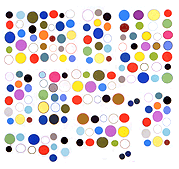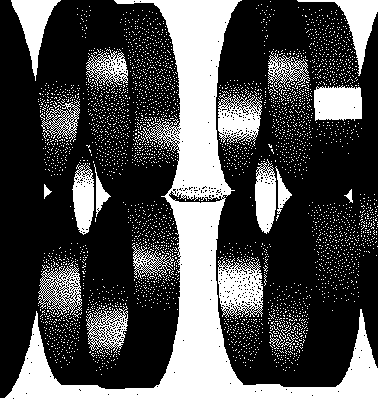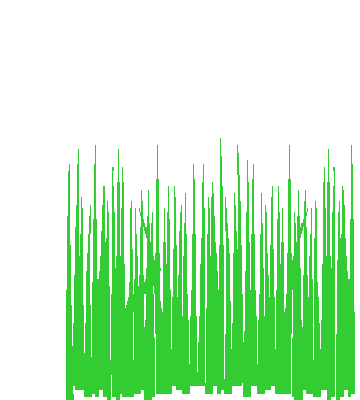Slate article about the slow death of film projectionism as a career.
John Lingan is doing a series comparing films with later remakes. Here he considers the 1960 Breathless and the one from 1983 with Richard Gere that only Quentin Tarantino likes.
A thorough and engaging Chelsea crawl (as in art) by Michael Salcman. Not a lot of agenda here, just careful description and honest opinion. The walk through the Rauschenberg show is especially good. (Note: The white paintings from the '50s are best known as a group of seven, in a wall-like array that made sense to be described as "airports for lights, shadows, and particles"--Cage's phrase. Gagosian showed a smaller grouping [two or three, I forget], which was truly unimpressive: a bus stop rather than an airport.)


